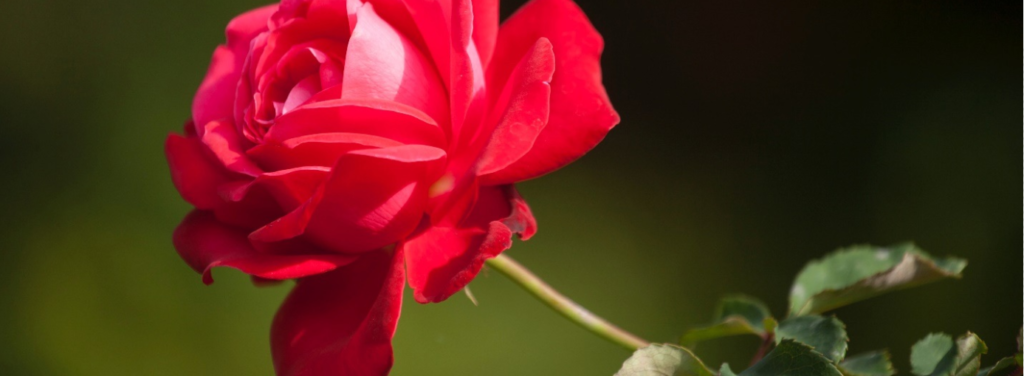
 Roseis deservedly considered the queen of flowers, so every self-respecting gardener would like to grow a fragrant rose bush on his plot. According to archaeologists, roses have existed for approximately 35 million years – this is how the finds of fossilized plants are dated. The history of the rose flower began in Ancient India: it was from there that the first mention of this plant has reached our days.
Roseis deservedly considered the queen of flowers, so every self-respecting gardener would like to grow a fragrant rose bush on his plot. According to archaeologists, roses have existed for approximately 35 million years – this is how the finds of fossilized plants are dated. The history of the rose flower began in Ancient India: it was from there that the first mention of this plant has reached our days.
well-drained, fertile, slightly acidic soils with a pH level of 5.5 – 6.5. Good moisture and breathability is required.
as the soil dries out. It is better to water roses rarely, but abundantly (up to 10 liters of water per adult bush), in the evening, when less moisture is lost through evaporation.
optimal temperature range from +15 to +22°C.
from May to June and a second wave in September-October.
You can plant roses in spring and summer, but spring is preferable. In autumn it is possible to plant only in regions with warm winters.
cuttings, layering, seeds and grafting.
green roseate aphid, roseate downward sawfly, roseate leafroller, common spider mite, gypsy moth, roseate scale insect
In order for a planted rose to please the eye for as long as possible, it should be properly cared for.

Begonia is a unique herbaceous plant in terms of the number of species and varieties, which differ in shape, flowering color, size and habitat. In the Begoniev family there are perennials and annuals, which are represented by herbaceous plants, low-growing shrubs and full-fledged subshrubs.
hollyhocks, delphiniums, phlox, daylilies, carnations, bells.
loose, moist, nutrient-rich soils (pH 5.0)
moderate and not very frequent, in heat and drought – abundant. Between waterings, the soil in the pot should dry out to a depth of 2 cm.
in the warm spring and summer months, the plant needs a temperature ranging from +20 to +25°C, and in other months – from +18 to +20°C.
some species are grown as ornamental foliage plants, and flowering begonias can bloom at any time.
as needed in early spring, before intensive growth begins. Large plants can be divided when transplanted.
Air humidity is of great importance for the development of begonia. Its level should always be close to 60%. This humidity can be maintained using additional water containers or special devices.
Another way to moisturize can be a container with wet peat, in which you need to place a pot of begonia. But you will have to abandon the usual spraying for other flowers, since begonia may die from such water procedures.
seeds, leaf cuttings, division of rhizomes or tubers.